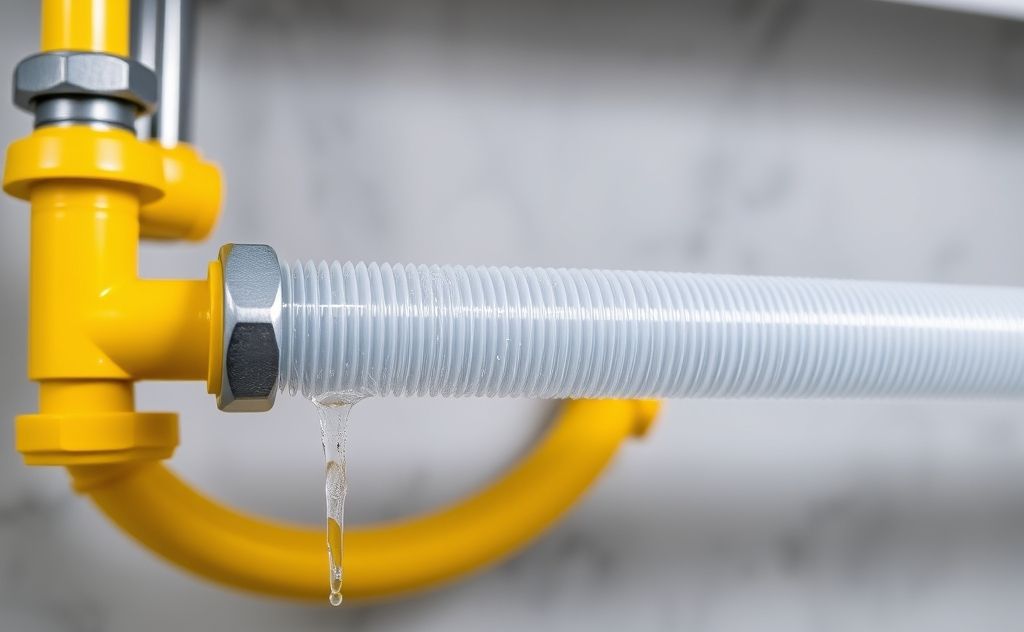Common types of pipes used for transporting hot water in central heating include copper, PEX, and PVC, each offering unique benefits for efficiency and durability.
Choosing the right pipes for hot water transport in central heating is crucial for efficiency and longevity. The material must withstand high temperatures, pressure, and potential corrosion while maintaining optimal heat transfer. This guide explores the top pipe options with detailed comparisons.

Copper Pipes: The Premium Choice
Copper remains the gold standard for hot water transport in heating systems. Its excellent thermal conductivity ensures efficient heat distribution throughout your home.
Type K vs. Type L Copper
Heating systems typically use:
- Type L – Medium thickness for most residential applications
- Type K – Thickest wall for high-pressure commercial systems
Copper Pipe Advantages
- Superior heat transfer (400 W/m·K thermal conductivity)
- Withstands temperatures up to 400°F (204°C)
- Naturally resistant to bacterial growth
- 50+ year lifespan when properly installed
For related heating components, see our guide to water heater thermostat controls.

PEX Piping: Flexible Modern Solution
Cross-linked polyethylene (PEX) has revolutionized hydronic heating installations with its flexibility and corrosion resistance.
| PEX Type | Max Temp | Pressure Rating |
|---|---|---|
| PEX-A | 200°F (93°C) | 160 psi |
| PEX-B | 180°F (82°C) | 160 psi |
PEX Installation Methods
- Crimp ring (most common)
- Expansion (PEX-A only)
- Push-to-connect fittings
According to NEIT research, PEX now accounts for over 60% of new residential heating installations in North America.
Stainless Steel Pipes
For commercial systems or areas with aggressive water conditions, stainless steel offers exceptional durability.
304 vs 316 Stainless Steel
- 304 SS – Standard grade for most applications
- 316 SS – Contains molybdenum for chloride resistance
Stainless works well with tankless water heater systems that require durable piping.
CPVC: Budget-Friendly Option
Chlorinated polyvinyl chloride (CPVC) handles higher temperatures than standard PVC, making it suitable for some heating applications.
CPVC Specifications
- Maximum temperature: 200°F (93°C)
- Pressure rating: 100 psi at 180°F
- Requires special solvent cement
Multi-Layer Composite Pipes
Modern hybrid pipes combine aluminum with plastic layers for the benefits of both materials:
- Aluminum oxygen barrier prevents corrosion
- PE outer layer provides flexibility
- Maintains shape when bent
As noted by Puget Sound Plumbing, these pipes are becoming popular for radiant floor heating systems.
Pipe Selection Considerations
When choosing pipes for your central heating system, evaluate these factors:
- System operating temperature and pressure
- Water chemistry (pH, hardness)
- Installation environment (concrete, crawl spaces)
- Local building codes and regulations
- Budget and long-term maintenance costs
For boiler connections, consider our recommendations for water heater check valves to complete your system.

